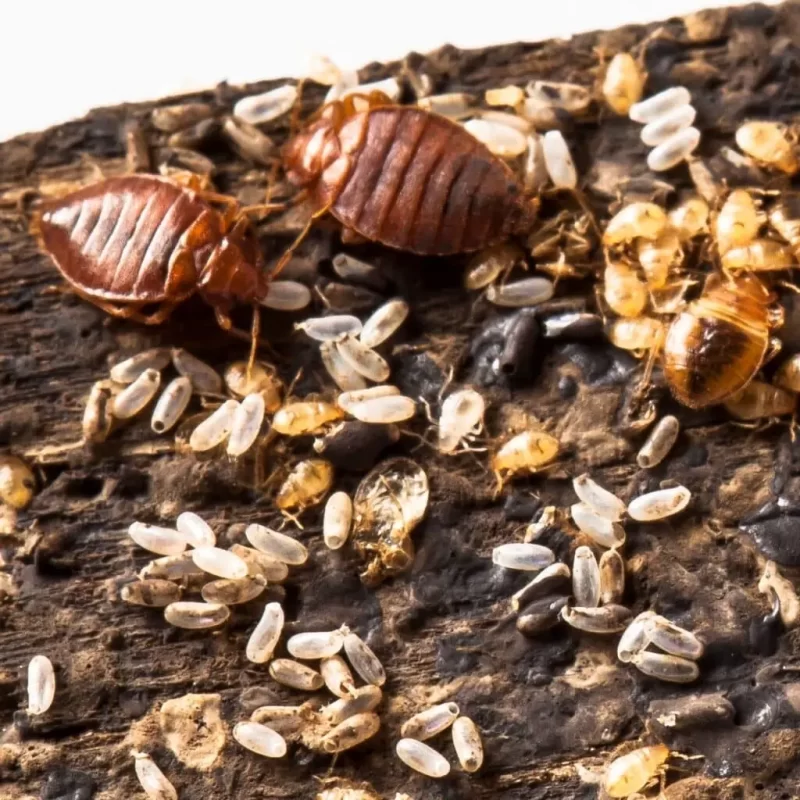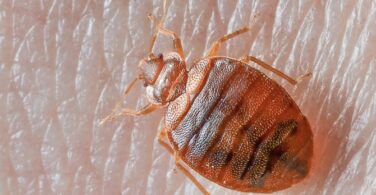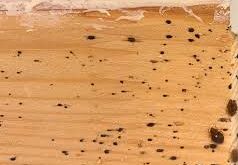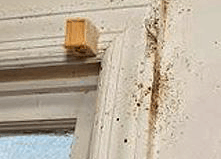How to Conduct a Bed Bug Inspection
The top three places to check for bed bugs in Texas.
Identifying Bed Bug Presence Bed bug bites are not the sole indicator of an infestation. Our resource offers numerous images to help you recognize bed bug bites and guides you on locating bed bugs, whether they are in your mattress, other pieces of furniture, or even on yourself. Before initiating bed bug treatment, it is crucial to confirm their existence. The difficulty of this task can vary with the level of infestation. Familiarize yourself with the physical signs of bed bugs, their appearance, bites, eggs, shed skins, and nests, as well as their preferred hiding spots in your home and belongings. Unsure if you have bed bugs? A bit of investigative work can significantly aid in confirming their presence. For more information, please consult our detailed article on bed bug detection.
1. Examining Your Body for Bed Bug Bites
What do bed bug bites resemble? Explore our collection of bed bug bite images. These bites start off painless, thanks to a numbing substance the bug releases while feeding. Reactions to the bites can emerge as raised, itchy red welts almost immediately or may take up to a couple of weeks, depending on your sensitivity to the numbing agent. Bed bug bites often cluster in patterns of three, humorously termed “breakfast, lunch, and dinner.” It is common to confuse bed bug bites with those from mosquitoes or fleas, so if you are uncertain, further investigation is warranted, as detailed in our guide.
Bed bugs prefer to bite hairless regions, so typical bite areas include the inner arms, shoulders, neck, back, and feet. However, they can target any exposed skin while you sleep. Facial bites are frequent since bed bugs often nest in pillowcases or headboards.
Bites alone can not definitively confirm a bed bug infestation, but they are often the initial sign that warrants further investigation. While bites do not transmit diseases, they can be distressing. Interestingly, up to 30% of people may not exhibit any reaction to bed bug bites, and this non-reactivity is even higher among individuals over 65 years old. It’s possible for multiple people in the same household to experience different reactions to bites, with some showing no symptoms despite being bitten. The duration of bed bug bite reactions varies individually, as it’s an allergic response, not an actual bite. The length of time bed bug bites last can differ greatly.

2. Detecting Bed Bugs
- Signs of Bed Bug Feces Bed bug droppings are tiny, black, and resemble marks made by a fine-tipped marker. These spots often bleed into fabric, creating a telltale sign of infestation. Look for clusters of these spots, particularly under nests, as bed bugs tend to gather in close proximity.
- Identifying Blood Marks After feeding, bed bugs may leave behind rusty or reddish smears on sheets and mattresses. These stains occur when bed bugs are inadvertently crushed during sleep. Common locations for these blood stains include sheets, pillowcases, pajamas, and mattress seams.
- Recognizing Shed Skins As bed bugs mature, they molt and shed their skin five times before reaching adulthood. These shed skins are thin, lighter in color, and hollow. They are typically hidden in bed bugs’ hiding spots, like mattress seams and couch cushions, rather than out in the open.
- Spotting Eggs and Eggshells Bed bug eggs are small, about 1mm in size, but visible. They are shiny, milky white, and often found in nesting areas. Females use a glue-like substance to attach eggs to surfaces, particularly on fabric and wood. Discovering empty eggshells can indicate an ongoing infestation.

3. Appearance of Bed Bugs
- Nymphs: Young bed bugs, or nymphs, pass through five stages of growth. The youngest nymphs are nearly invisible, tiny, and pale yellow. A magnifying glass can be helpful in spotting them. As they feed, they darken and grow larger.
- Adults: Adult bed bugs change color based on their feeding status, turning darker red when hungry and brighter red post-feeding. Males have a rounder shape, while females are more oval. They are flat-bodied, with small black eyes, antennae, and six legs, and can move quickly on flat surfaces.

4. Where to Inspect for Bed Bugs
Bed bugs are elusive and active mainly at night. They tend to nest near sleeping and resting areas, such as beds and couches. Because of their parasitic nature, they spend most of their time hidden in their nests rather than on their hosts.
Furniture
- The Bed: Check sheets, inside pillowcases, under and around the mattress, including corners, seams, tags, and the box spring.
- Nearby Furniture: Inspect nightstands and dressers, inside and around drawers, joints, and any crevices.
- Upholstered Furniture: Examine seams, zippers, and underneath cushions. Do not forget to check the wooden structures underneath furniture.

Building Structure
- Walls: Look for cracks in plaster or drywall and behind wallpaper.
- Door Frames and Window Treatments: Inspect blinds and curtains.
- Electrical Outlets: Check around and inside outlets (after removing faceplates).
- Moldings: Examine the space between floor moldings and flooring.
- Carpets: Investigate carpet edges, tacking strips, and under area rugs.

Inspecting Personal Belongings for Bed Bugs
When checking for bed bugs, it is important to thoroughly inspect all personal items where these pests may hide. Here is a guide to help you:
- Luggage & Bags: Examine all compartments of your luggage, purses, and school backpacks. Pay close attention to seams and pockets where bed bugs can easily conceal themselves.
- Electronics & Small Items: Look around and under laptops, alarm clocks, phones, and cable boxes. Bed bugs can find refuge in the smallest crevices.
- Wall Hangings: Carefully inspect the areas behind pictures, posters, and mirrors. Remove these items from the wall to check for any signs of bed bugs.
- Storage Boxes: Cardboard boxes can provide a hiding place for bed bugs, especially if they are stored near sleeping areas or are seldom moved.
- Pet Areas: Do not overlook the vicinity of animal cages and pet bedding. While bed bugs prefer human hosts, they can also reside near pets.

